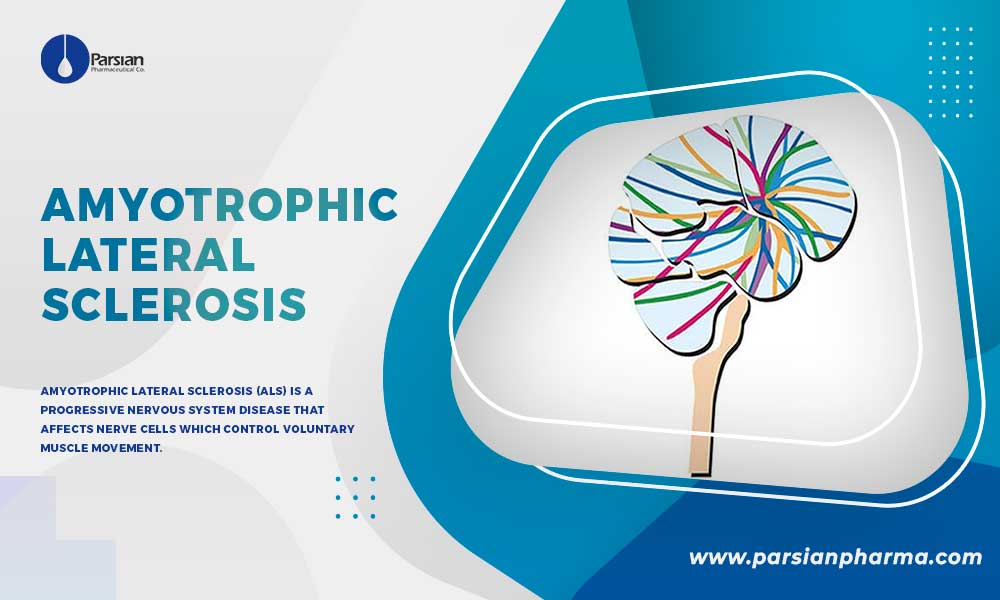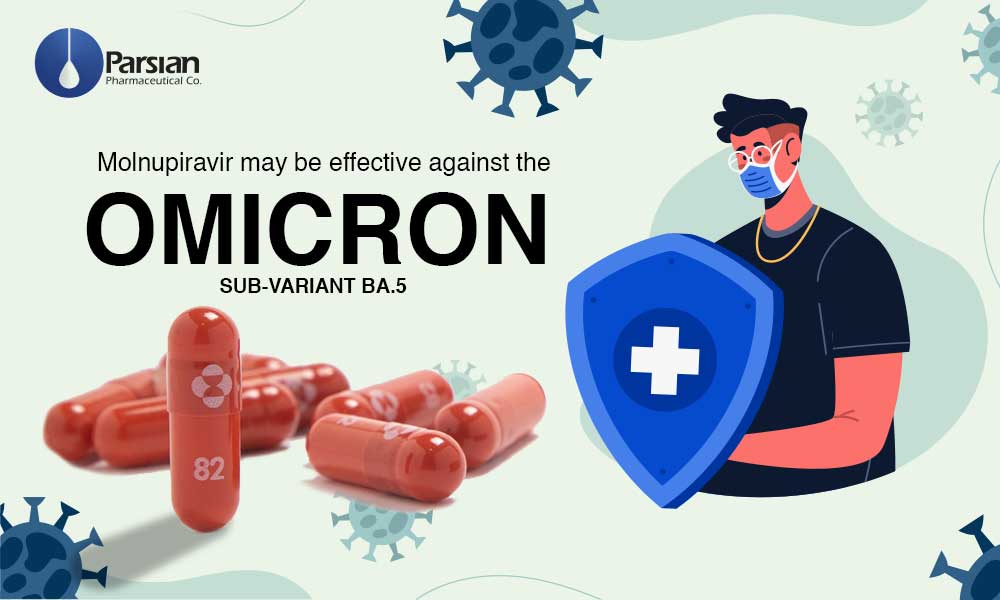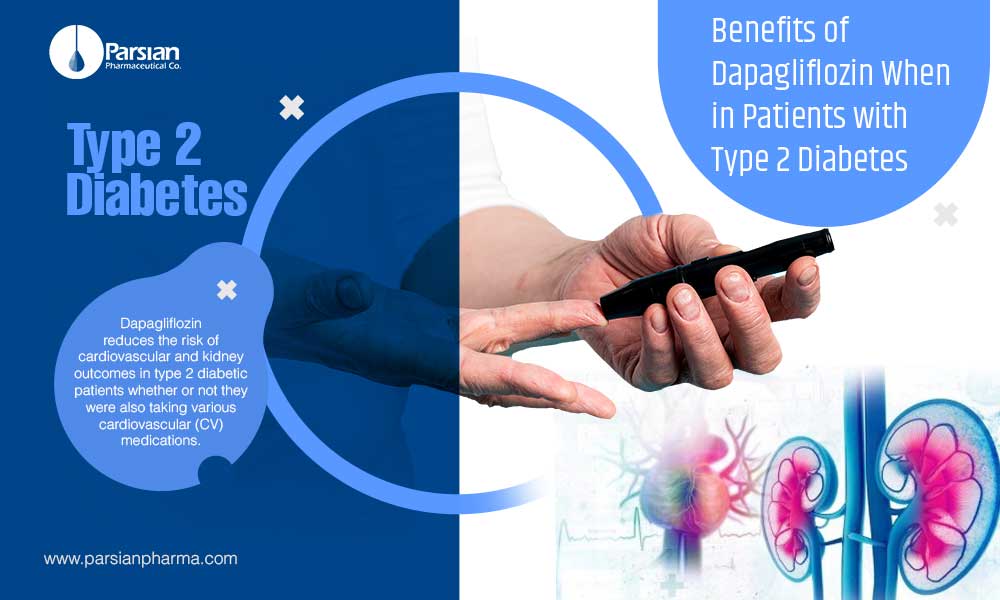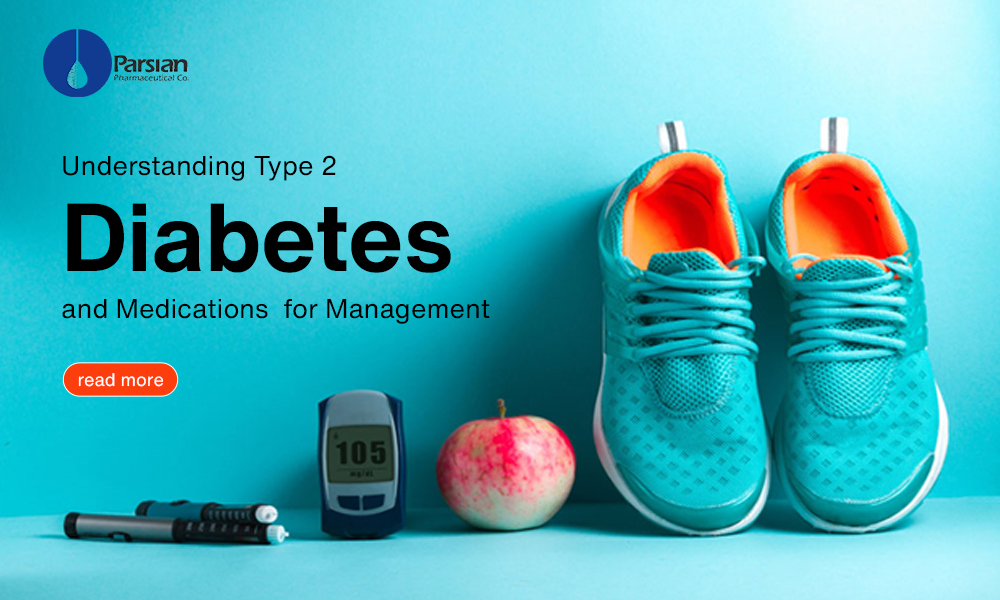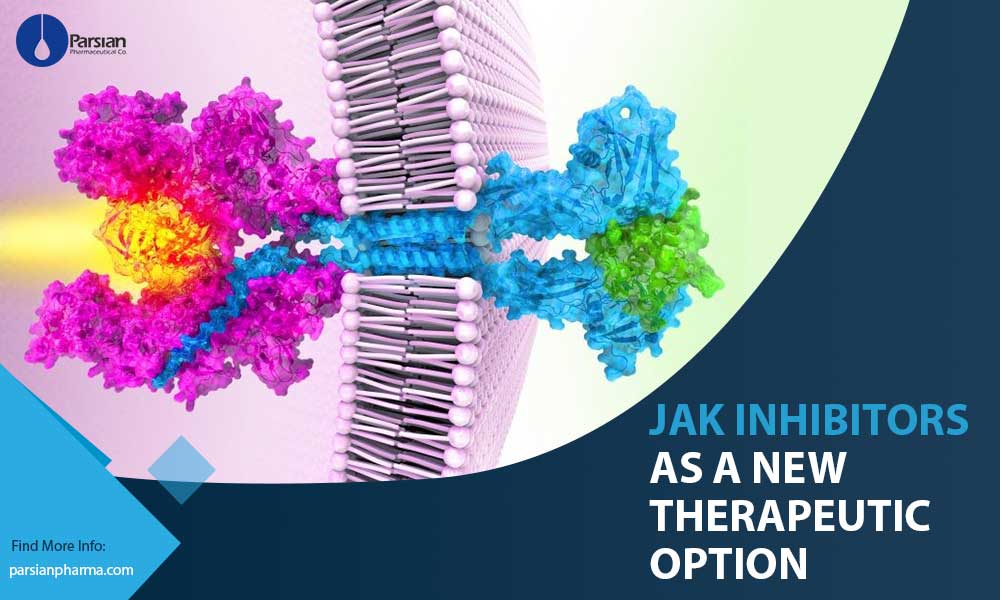Benefits of Direct Factor Xa inhibitors over Warfarin
Introduction
Compared to vitamin K antagonists (VKAs), these target-specific drugs have a fixed dosing with no need for international normalized ratio (INR) monitoring, a wider therapeutic index, rapid onset and short half-lives, and few drug and food interactions, so you may not need to take blood tests and be careful about how much vitamin K you eat and drink. In addition to non-inferior efficacy, DOACs have also shown a better safety profile in RCTs than VKAs.
Indeed, despite the anticoagulant treatment with vitamin K antagonists (VKAs) has been the standard therapy for more than 60 years, due to the rapid increase in robust evidence provided by randomized clinical trials and greater manageability, the DOACs are now widely used in clinical practice worldwide.
Direct Factor Xa inhibitors is used if there is a risk of developing blood clots
If a blood clot blocks the flow of blood through a blood vessel, the affected part of the body can’t receive enough oxygen and will stop working properly. Depending on where the clot is formed, this can lead to serious problems such as: strokes or transient ischemic attacks, heart attacks, deep vein thrombosis (DVT), and pulmonary embolism (PE).
DOACs have been approved by regulatory authorities for use in specific conditions including prevention of stroke and systemic embolism in non-valvular AF with one or more risk factors and for primary and secondary treatment of VTE. Rivaroxaban has also been approved for prevention of cardiovascular events after acute coronary syndrome.
Treatment with DOACs may be started if patient is at an increased risk of developing one of these problems. This may be because of detecting blood clots in the past or being diagnosed with a condition such as atrial fibrillation that can lead to forming blood clots.
Treatment with DOACs may also be needed if there is a condition where the blood has an increased risk of forming clots, which is called thrombophilia. Patients with thrombophilia are at increased risk of developing DVT and PE.
DOACs may also be prescribed if patient has recently had surgery like hip or knee replacement, because the period of rest and inactivity is needed during recovery can increase the risk of developing a blood clot.
Pros and cons of DOACs in Comparison with Warfarin
- The introduction of direct oral anticoagulants (DOACs) has induced a thorough frameshift in the primary and secondary prevention of ischemic stroke in patients with non-valvular atrial fibrillation (NVAF) as well as in prevention and treatment of venous thromboembolism (VTE), including, deep venous thrombosis (DVT) and pulmonary embolism (PE).
- DOACs now are recommended over warfarin to prevent blood clots in people with atrial fibrillation:
o We are increasingly using DOACs as a first choice for anticoagulation in atrial fibrillation (AF).
o Compared with warfarin, DOACs have more favorable efficacy and safety profiles among patients with atrial fibrillation (AF).
o Apixaban is associated with a decreased risk of major bleeding events in patients with atrial fibrillation and without atrial fibrillation compared with warfarin.
o Among patients with AF and stage IV or V CKD including dialysis patients, DOAC appears to have similar or better effectiveness and safety compared to warfarin.
o We are also giving many patients the option to switch from warfarin to DOACs if they are already on warfarin. In general, this change can be made easily.
o The only patients with AF who should stay on warfarin rather than using a DOAC are those with a mechanical artificial heart valve.
- Off-label Use of Direct Oral Anticoagulants in Patients Receiving Surgical Mechanical and Bio-prosthetic Heart Valves: In patients with mechanical heart valves, use of direct oral anticoagulants (DOACs) is currently contraindicated, and their use in patients with bio-prosthetic heart valves is off-label.
o DOACs and warfarin are equally effective as a treatment option for AF patients with bio-prosthetic heart valves (BHVs), according to a new study published in the American Journal of Cardiology.
o However, DOACs appear to be safer for patients than warfarin, resulting in fewer intracranial bleeds.
- The cost of these drugs is dropping, but is certainly more than warfarin. It is noteworthy to mention that one of Parsian pharmaceutical Co.’s goals is manufacturing API and Granule of the novel and most up-to-date medicines with the cutting-edge technology to be available with faire price for all patients.
Comparison of Apixaban and Rivaroxaban, Two Most-Prescribed Direct Factor Xa Inhibitors, in Non-valvular Atrial Fibrillation
Apixaban and rivaroxaban are two commonly prescribed DOACs. Direct comparison of these two medicines in Non-valvular Atrial Fibrillation in recent studies suggest that apixaban demonstrated comparable effectiveness and a lower risk of major bleeding events compared to rivaroxaban in patients with NVAF.
There is more information about each one of these medicines in our website: Rivaroxaban, Apixaban.
Pasian pharmaeutial Co. is manufacturing both of these two most commonly prescribed DOACs, for bringing better care to patients with cardiovascular disease, serving their needs, and improving their quality of life.
References
https://www.thrombosisadviser.com/


